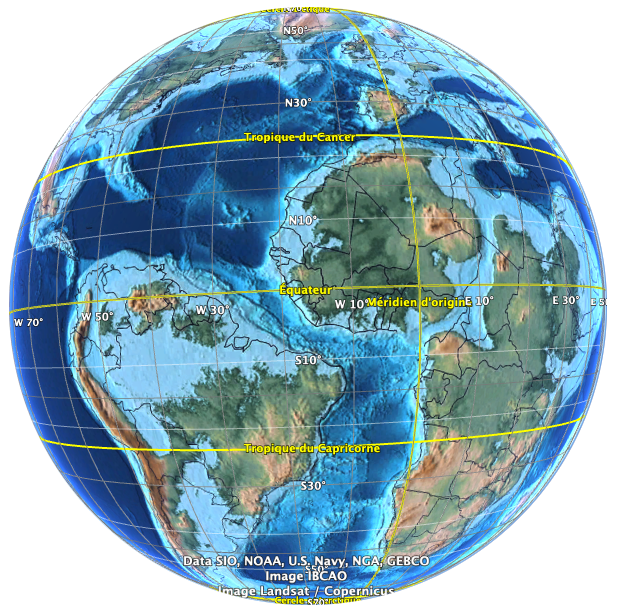Global Agency of Geosciences Experts
Global Agency of Geosciences Experts
Introduce concepts and methods in trap and seal analysis related to fault characterization including fault mapping and fault seal as applies to cross-fault flow resistance to geoscientists and engineers.
Profesionnals with a Scientific background.
Background in Geosciences, petroleum geology or basic Petroleum Engineer knowledge
5 Session






 Geoid Training available
Geoid Training available

Prospect maturation workflow Trap types vs basin type and tectonics spill- and leak-points of traps Trap styles and distributions Typical basin development and deformation for different basin types as a basis for understanding the trap types that may occur Illustration of how HC-water contacts are normally controlled by spill- and/or leak-points.
Sealing lithologies vs effectiveness from salt to poor silty seals Unusual seals (basalt). Sealing and trapped hydrocarbons (oil vs gas, column length) Seal theory Capillary entry pressure Rate of leakage Tools and methods to determine seal capacity Hydraulic seal failure Column length versus sealing capacity Top seals
Typical characteristics of faults. Allen juxtaposition plots Exercise Fault seals Juxtaposition, Shale Gouge, Clay smear, Cataclasis and Diagenesis. Industry practices and formulas application and validity Exercise: Clay Smear Potential Examples of top and fault seals from different basins, trap types and sealing lithologies: rift basins, deltas, deep water settings, carbonate provinces; seal thickness and role of faults and fractures
Role of seals play on the gas-oil mix in traps Stratigraphic traps Trapping geometries and aspects of sealing for stratigraphic traps; where can stratigraphic traps reasonably be expected to occur, and where are they highly unlikely. Examples from different basin settings and depositional environments Exercise: Is this a stratigraphic trap? Exercise: when did these structures form? Unusual traps Basement traps, Volcanics, hydrodynamic traps
Examples of conventional traps in rift basins, deltas, deep-water settings, foldbelts/foredeeps and salt basins Where is the trap, and where would you drill it? Risk and Volume analysis of traps and seals Guidelines and examples of prospects with different trap and seal risk profiles Rules of thumb for trap and seal risking – related to trap type, seal lithology, depth of burial, pressure regime, degree of faulting / fracturing and data availability Guidelines for deciding pre-drill uncertainty ranges of column-length (and area) and most likely column length. Exercise: sketch column length uncertainty distribution for 2 prospects pragmatic rules of thumb for diffente basin types to assess the likelihood of the presence of effective seals and their roles on the distribution of oil and gas







If you require a classroom training or a video training we’ll put you in contact with the best professor teaching in the language of your choice.
© 2022 All rights reserved